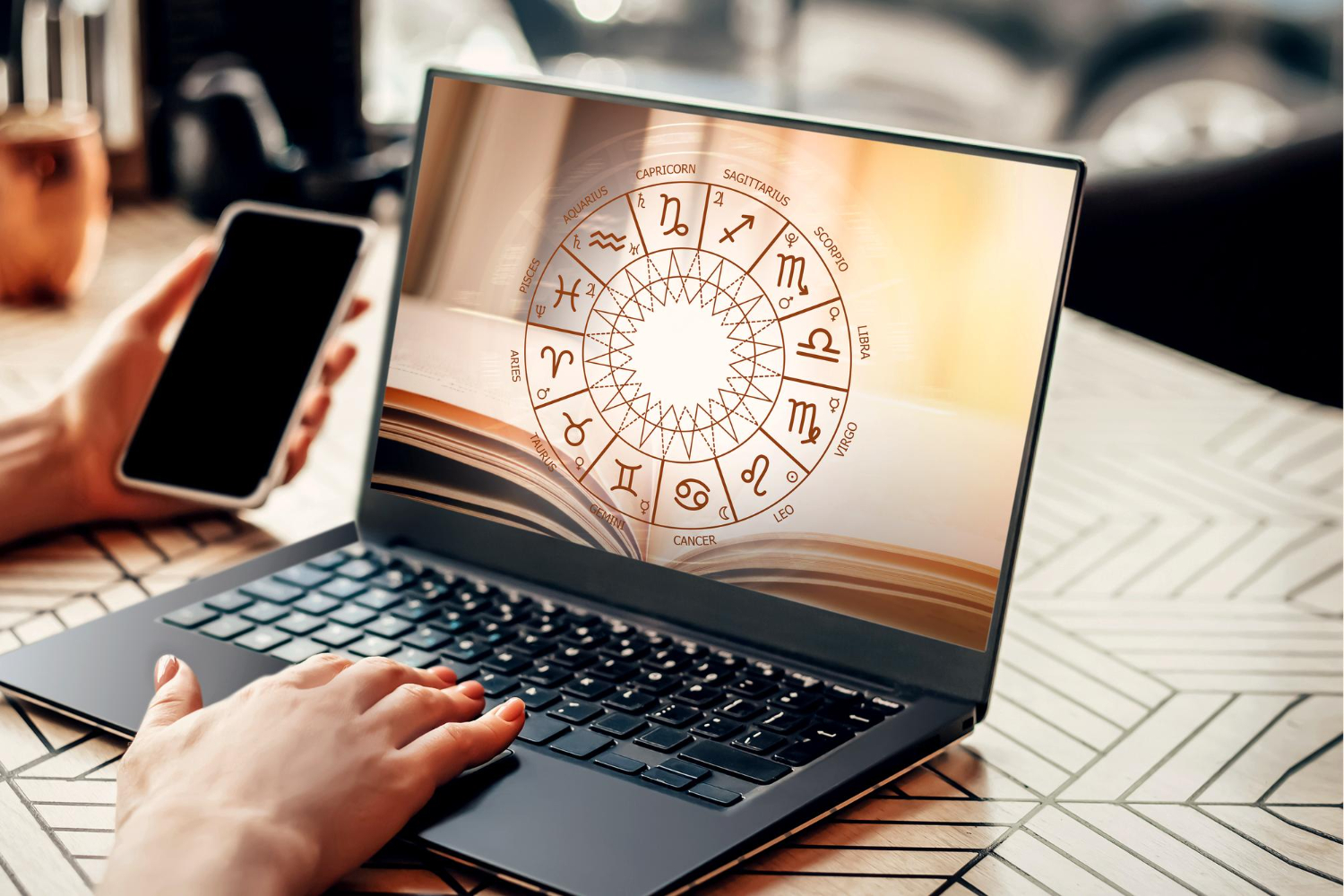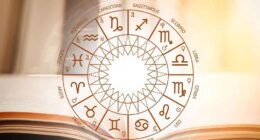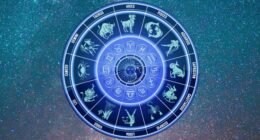Table of Contents
Hindu or Indian astrology, which is more commonly known by its more modern name, Vedic astrology, is also called Jyotish. Jyotish Shastra, also known as Vedic astrology, is a school of thought that dates back to ancient India and focuses on the movement of the stars and how that movement affects human life. The term “the science of light” can be found in Jyotish, which is a direct translation from Sanskrit. In this discussion, “light” refers to the light radiation that originates from the sun and other stars and planets. Vedic Astrology is an old Indian science that explains how the planets move and where they are in relation to the passage of time, as well as how they affect people and other things on earth. There is evidence suggesting that Vedic astrology dates back thousands of years. When Vedic astrology was first developed, it focused solely on how the planets moved in relation to the stars. However, as time went on, it began to incorporate the zodiac signs as well. There are 27 different constellations that are recognised by Vedic astrology. These constellations are made up of the 12 zodiac signs, 9 planets, and 12 houses. Each house and planet is said to represent a different aspect of human life. The twelve zodiac signs and the nine planets are each assigned to one of the houses in the horoscope in a manner that is determined by the time of a person’s birth. A horoscope chart is a graphical representation of a snapshot of the signs and planets that can be used to predict the future.
History of Vedic Astrology
Since before history was ever written down, people have been using Vedic astrology. For example, the ancient Indian culture utilised a calendrical system that was dependent on precise observation of the moon, stars, and planets. Numerous astrological calculations and signs are discussed in the ancient Indian epic known as the Mahabharata. Its age, which is estimated by a number of experts to be greater than 5,000 years old, is also mentioned numerous times. Astrology was applied not only to the evaluation of a person’s personality and future but also to the management of day-to-day affairs, such as the planting of grains, the harvesting of those grains, and the organisation of weddings and other celebrations.
Astrology, in essentially the same form as it was practised in ancient Indian culture, was also practised in various other cultures and locations all over the world. The Babylonian Empire, which existed in the Middle East during the third and second millennia before the Common Era, was known for its use of astrology to forecast natural disasters and other significant events. The Mayan Empire flourished during the second millennium B.C. in the region that is now known as Central America. The architecture and design of the Mayan temples were influenced by the orbits of the planets at the time.
Most people think that the birth of Jesus Christ was the most important historical event in which astrology played a role. It was three astrologers who first noticed a celestial sign in the sky that indicated the birth of a great soul who would one day rule over all other kings. By correctly interpreting the positions of the stars and planets at the time of Jesus’ birth, they were able to determine the exact time and place where he would have been born.
Many modern societies still use astrology, especially the way the moon moves, to figure out how much time has passed and when their holidays and other celebrations are. Many different religions, like Hinduism, Judaism, Islam, and others, use a lunar calendar as the basis for figuring out their holy days.
How Does Vedic Astrology Work?
Vedic astrology is a time-honored tradition that is still carried out in ways that are analogous to those that were common in ancient times. One significant difference between then and now is that, in modern times, the interpretation of Vedic astrology birth charts is given a lot more importance than it used to be. When it was first developed, the primary focus of this method of astrology was determining the appropriate times for ceremonies and other types of social gatherings. When we hear the word “astrology,” the first thing that comes to mind is natal chart interpretation. This involves the investigation of significant topics in one’s life, such as their personality and nature, their health, their family of origin, their relationships, their marriage, their education, their profession, their finances, their property, their children, their travels, and their spirituality.
The philosophy that underpins Vedic astrology includes important knowledge about the laws of karma, such as the following: why we act; the kinds of traces our actions leave in the world; how our actions are an expression of our conditioning; how the intensity or strength of our conditioning can vary; the relationship between fate and freewill; the mechanism by which suffering arises; how suffering can be reduced; and how the process of spiritual development unfolds to reveal our nature as pure consciousness. It is possible to shed light on your conditioning through the interpretation of your Vedic birth chart, which will ultimately allow you to act with a heightened level of awareness. The chart acts as a mirror, allowing us to gain a better understanding of who we are and where we stand in the world.
Difference between Vedic and western astrology
Both Vedic and Western astrology use the same 12 zodiac signs, but the two schools of thought interpret the constellations’ placement very differently.
The sidereal zodiac is the foundation of Vedic astrology. The sidereal zodiac is a system that determines the positions of the planets based on where they are actually observed in the sky in relation to the constellations. On the other hand, the tropical zodiac, which is fixed, is used in Western astrology. This system is based on the four seasons, which represent the movement of the Sun, equinoxes, and solstices, as well as the tilt of Earth’s axis relative to the sun.
A little over two thousand years ago, the tropical and sidereal signs were aligned with one another. Because of something called the precession of the equinoxes, the tropical signs move west at a rate of one degree every 72 years. At this time, the sign of Aries in Vedic astrology is approximately 24 degrees away from the sign of Aries in western astrology. As a direct consequence of this, the zodiac dates derived from these two systems are marginally distinct from one another.
Some people believe that Vedic astrology is a more reliable and accurate method of prediction than other forms of astrology because it is based on the laws of nature. Even though both Vedic and Western astrology have their benefits, and even though they do, to a large extent, overlap with one another, many people now choose to move between the two in order to more firmly establish their findings.
Is Vedic astrology accurate?
The ability to precisely time planetary periods, known as daśās, is one of the distinguishing characteristics of Vedic astrology. It is possible to determine, based on the position of the moon at the time of a person’s birth, which planet is dominant and, as a result, the most active at any given point in time throughout their life. This enables the prediction to focus on what effects may be manifested by that planet in the natal chart. These effects can include a planet’s placement by sign and by house, the aspects it is involved in, as well as the combinations (yogas) it is involved in. When further interpreting a chart, it is necessary to combine the information provided by transits (i.e., what the current motion of planets in the sky is relative to the original birth chart) with the knowledge of what is activated in a natal chart by planetary periods.
The profound, living, and ageless knowledge that is Vedic astrology is becoming increasingly well-known around the world as a method for developing an in-depth comprehension of the relationships that exist between time and space. It enlightens the path towards greater acceptance, authenticity, and harmony in our lives while illuminating the ways in which we limit the energy of limitless love and awareness.
Conclusion
Vedic astrology is an ancient Indian science that dates back thousands of years and focuses on the movement of the stars and their influence on human life. It has 27 different constellations, each representing a different facet of human life, and is used to evaluate a person’s personality and future. Astrology has been practised in various cultures and locations for centuries, including the Babylonian Empire, Mayan Empire, and Jesus’ birth. Vedic astrology is still used to determine the times and dates of holidays and celebrations. Vedic and Western astrology differ in their interpretation of the zodiac signs, with Vedic astrology based on the sidereal zodiac and Western astrology based on the tropical zodiac.
The zodiac dates derived from these two systems are marginally distinct. Vedic astrology is a reliable and accurate method of prediction based on the laws of nature, allowing it to accurately predict the effects of planets in a natal chart.









